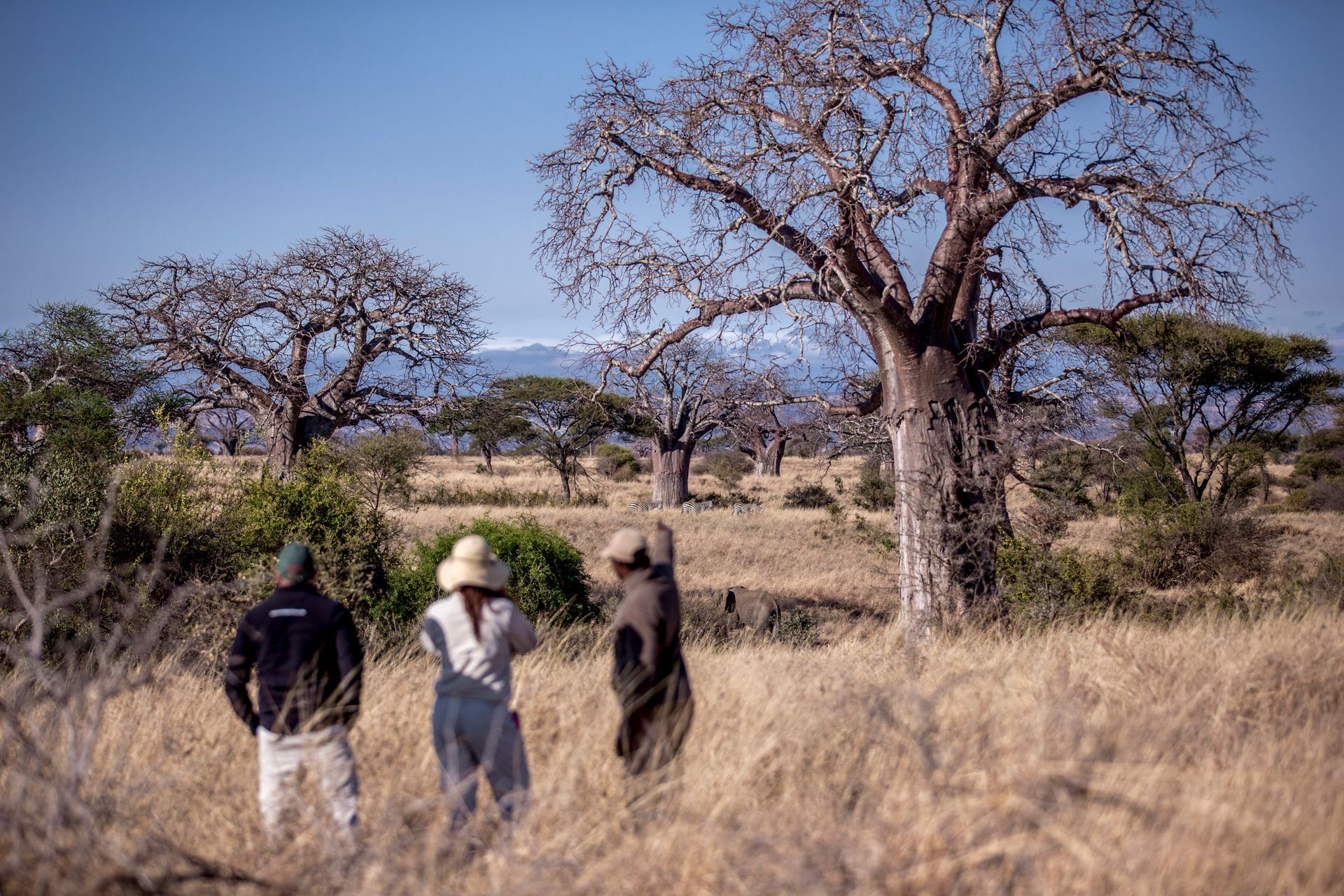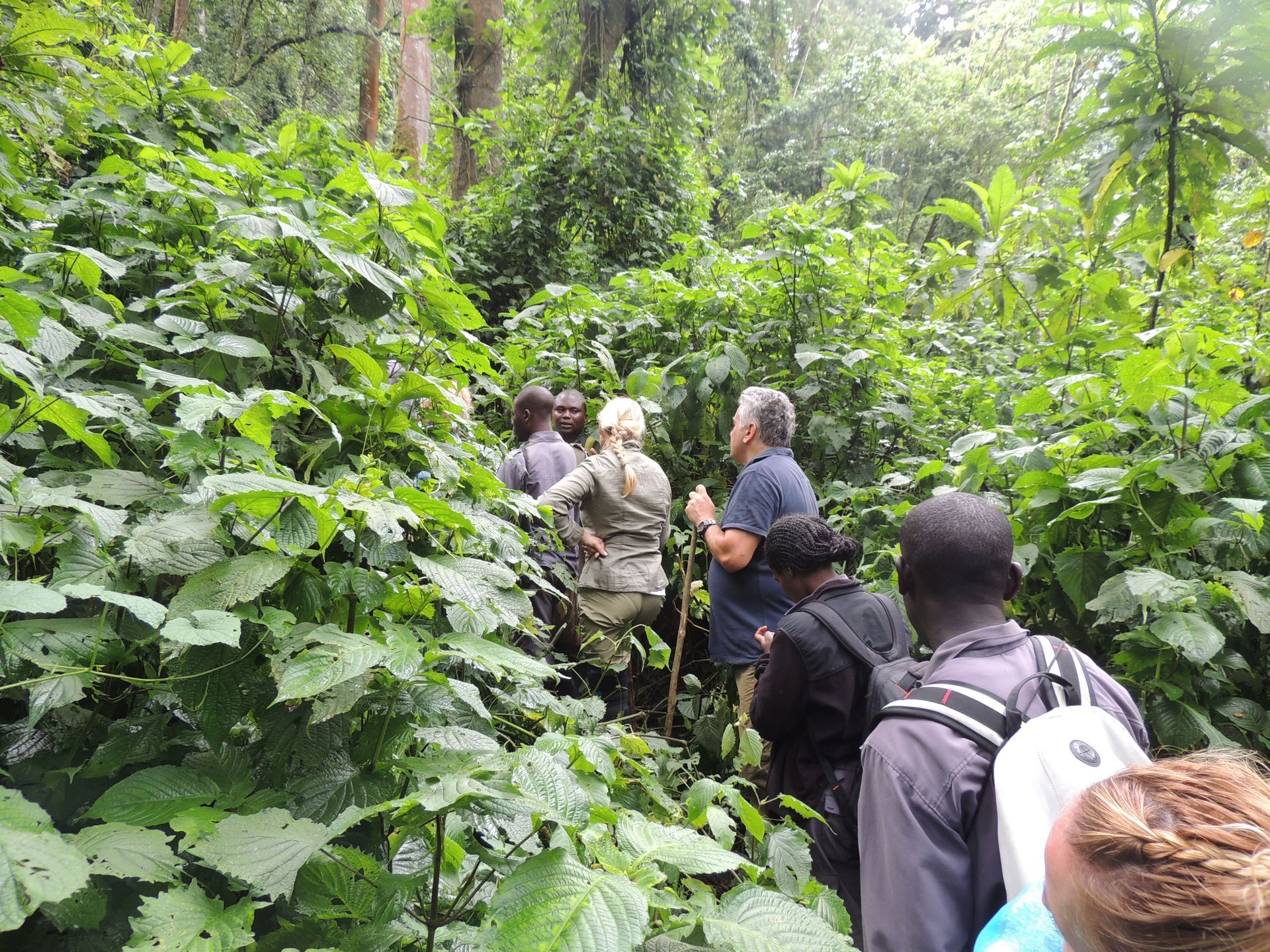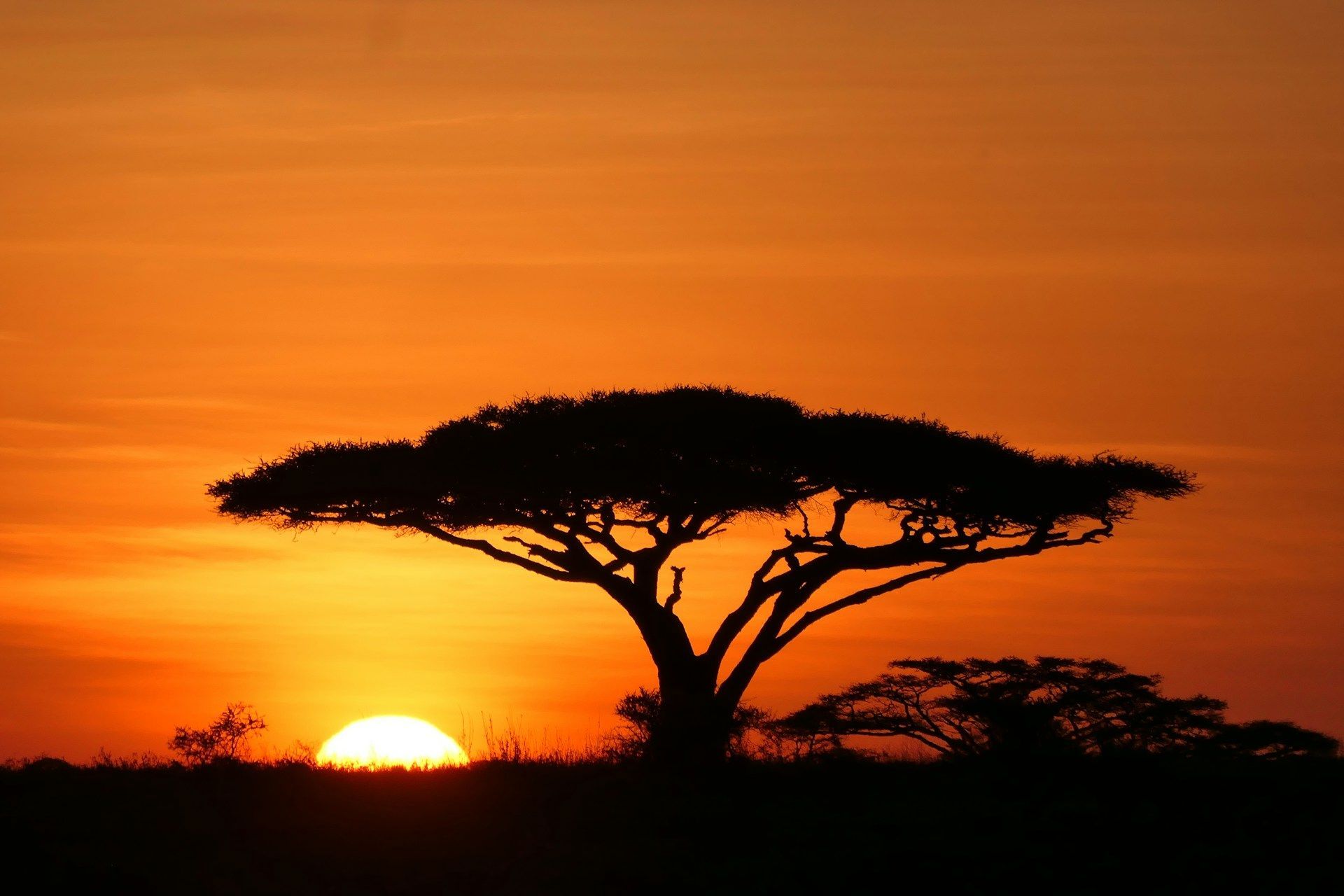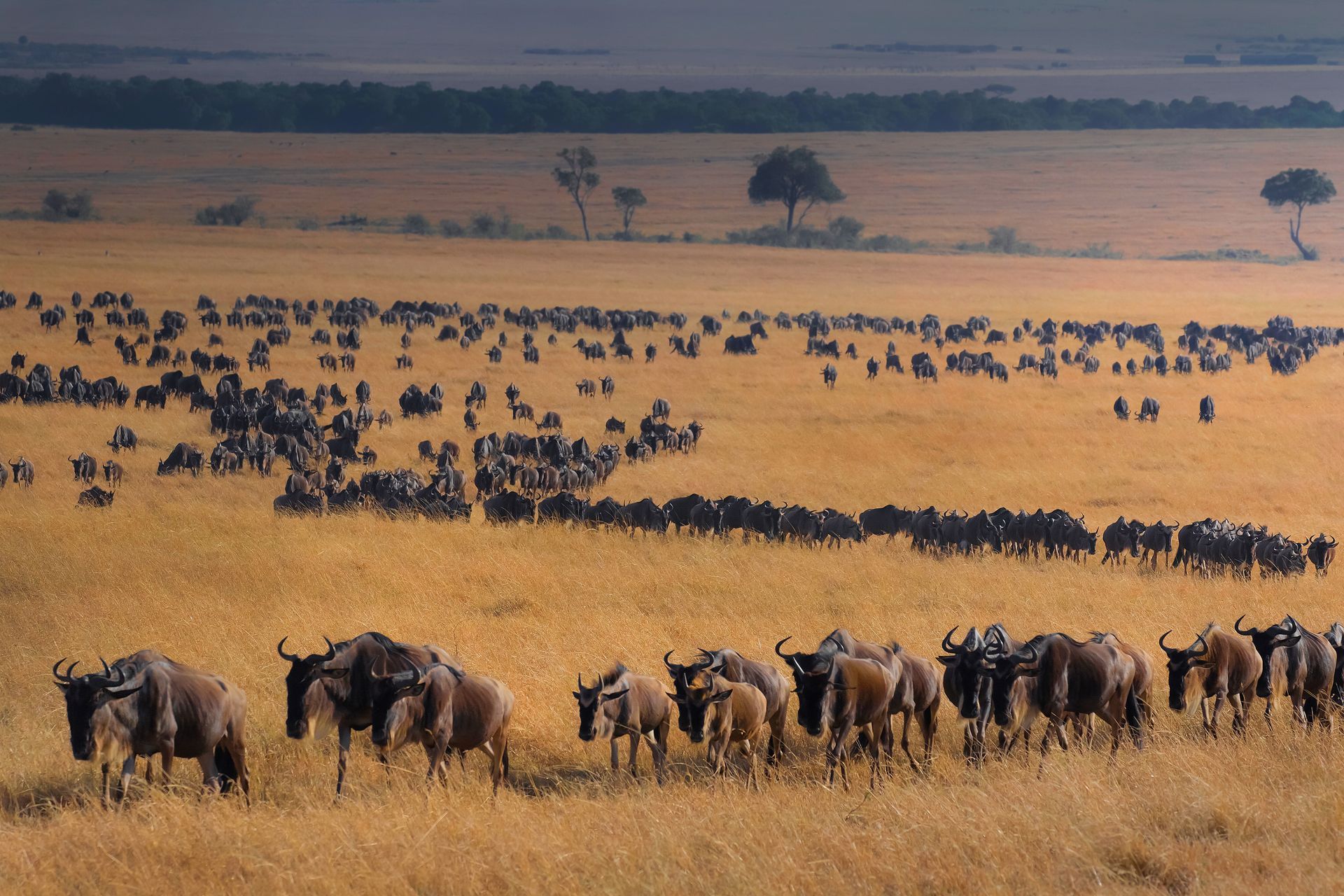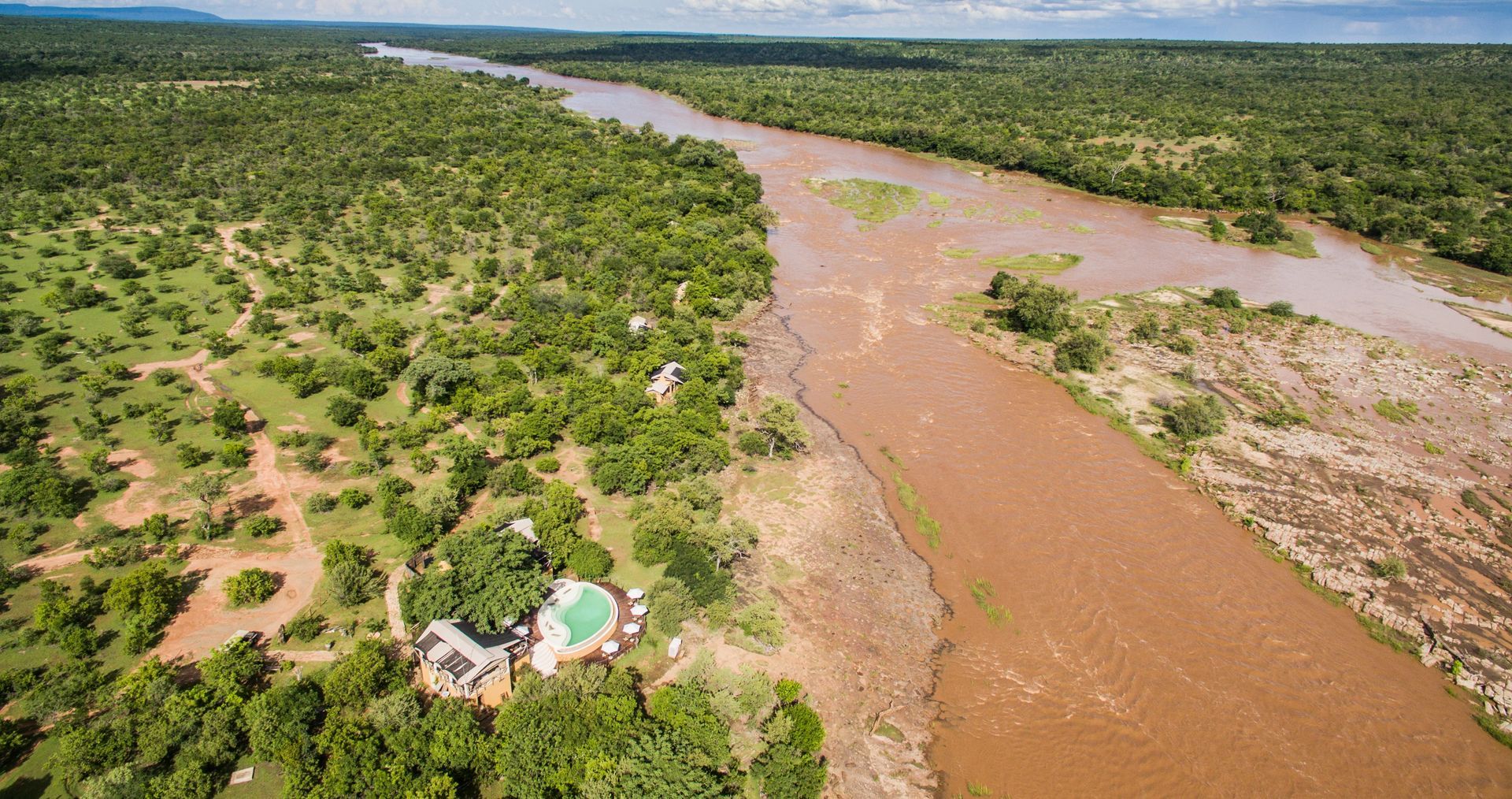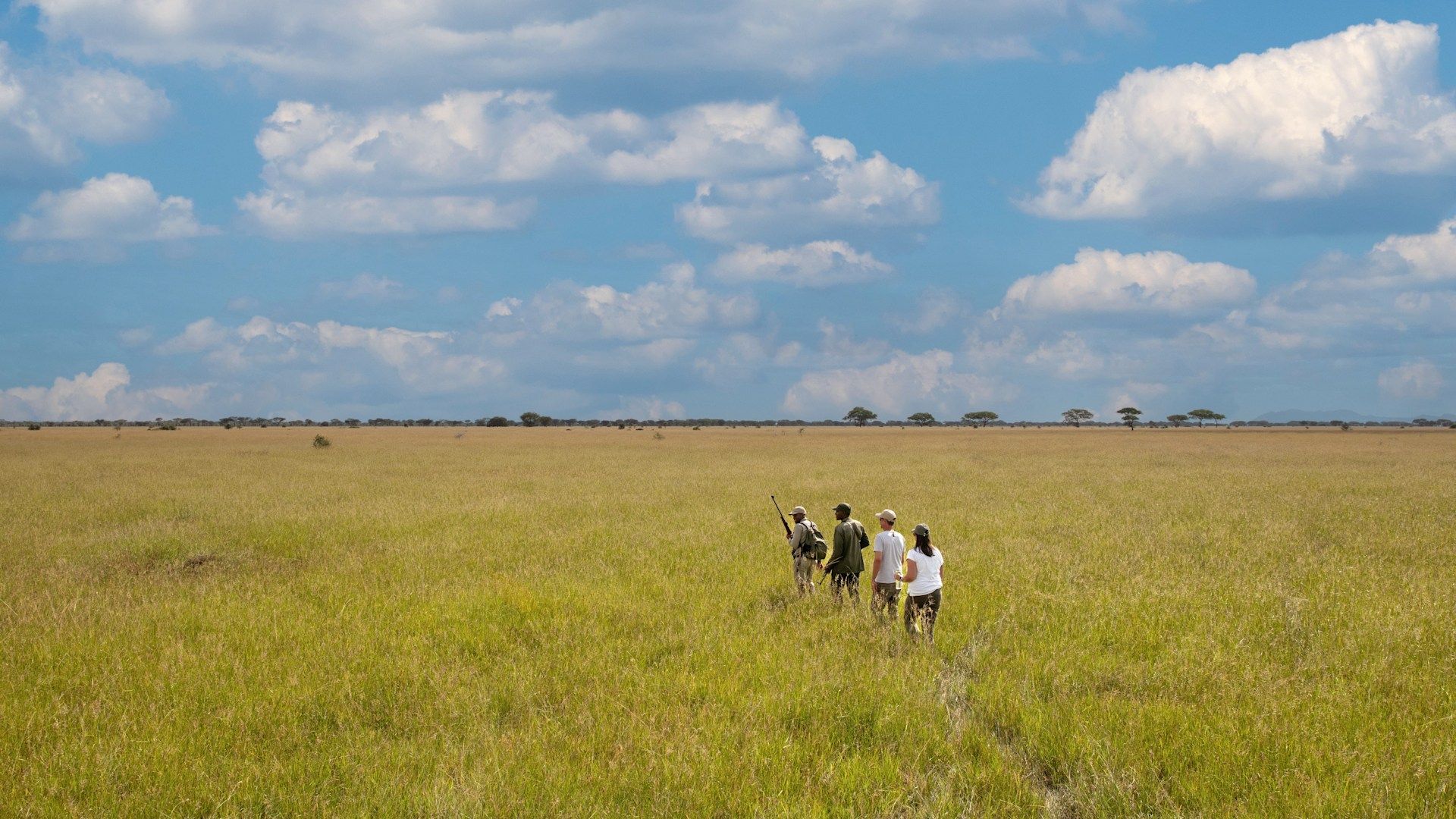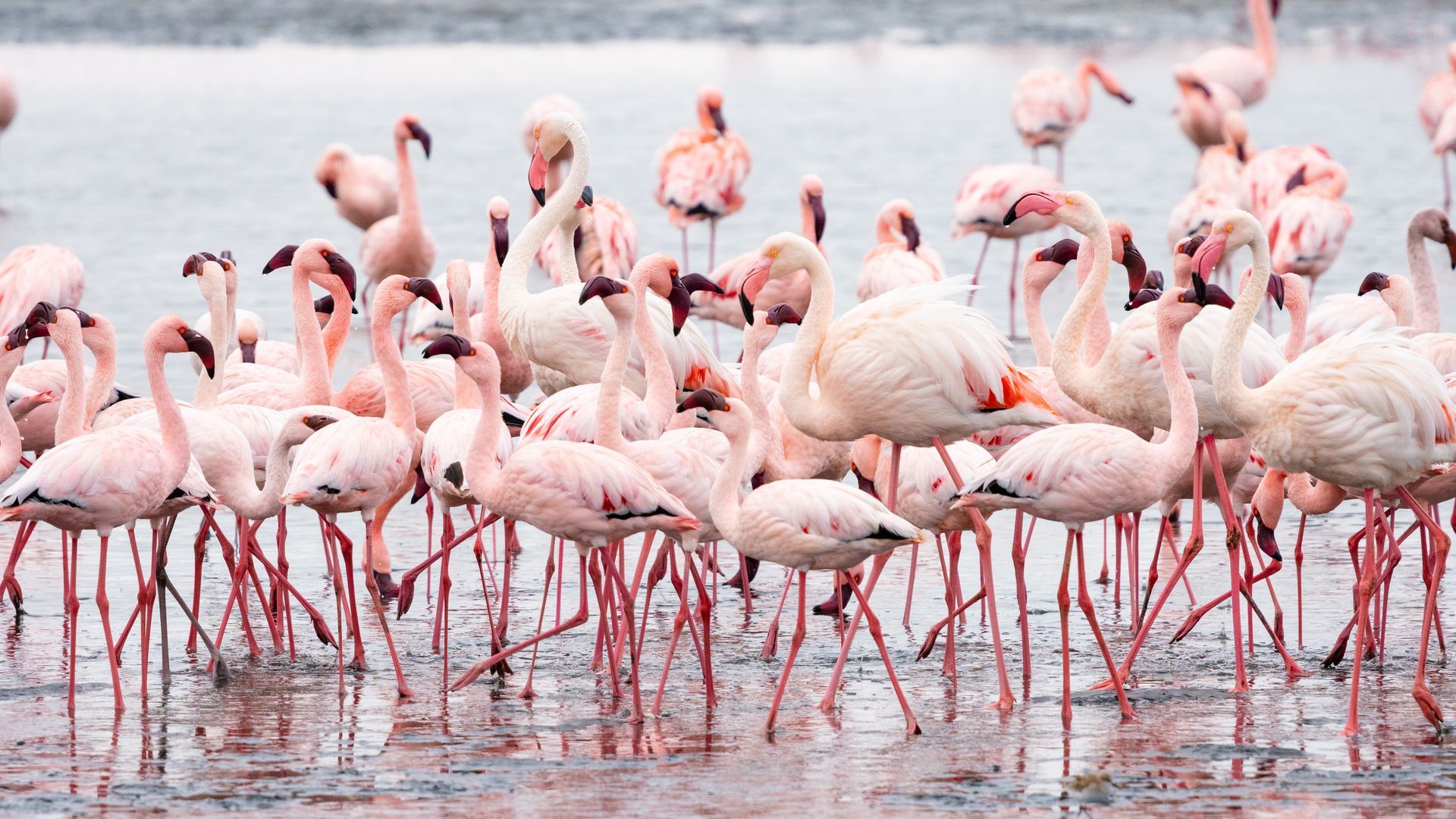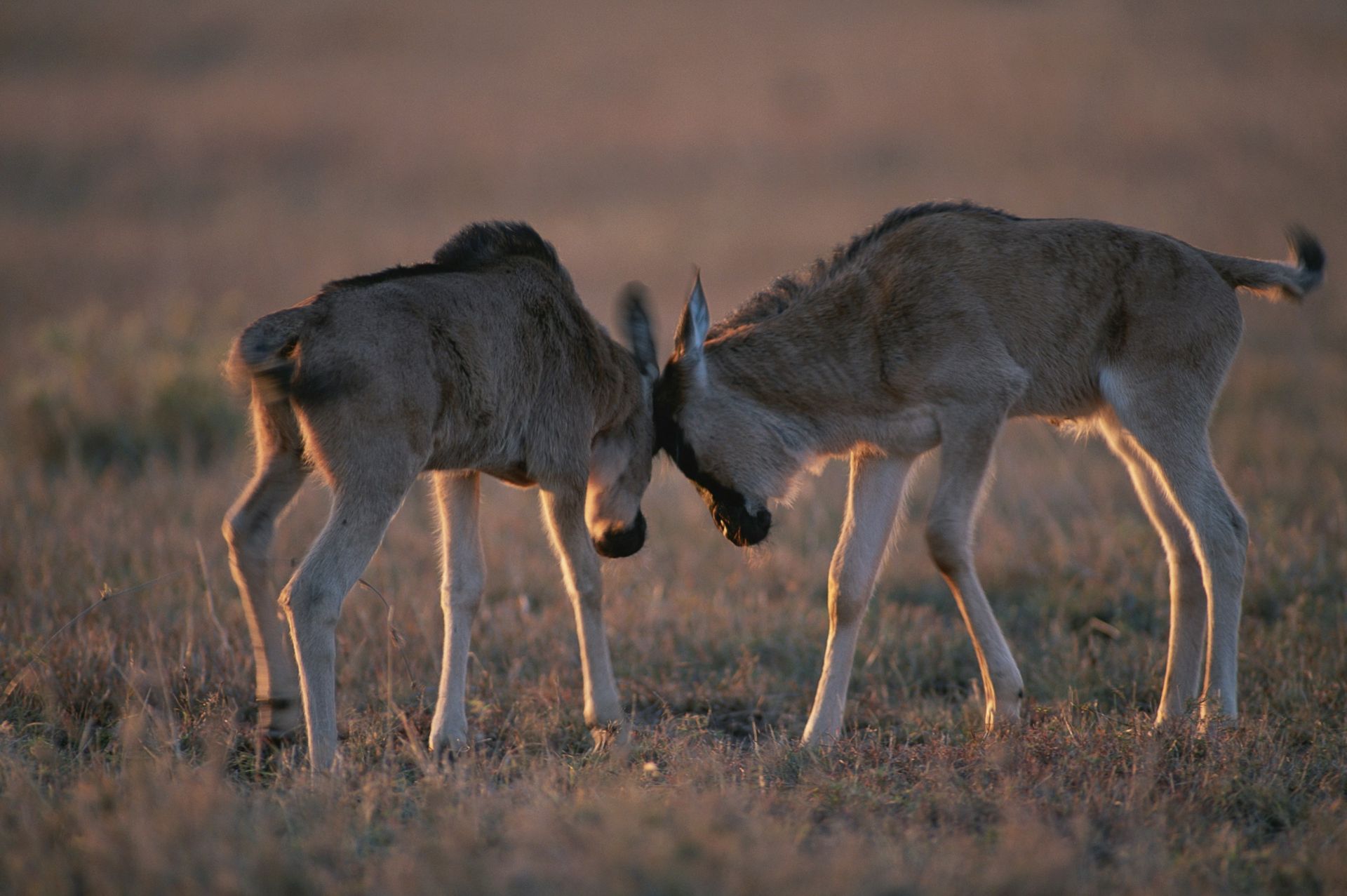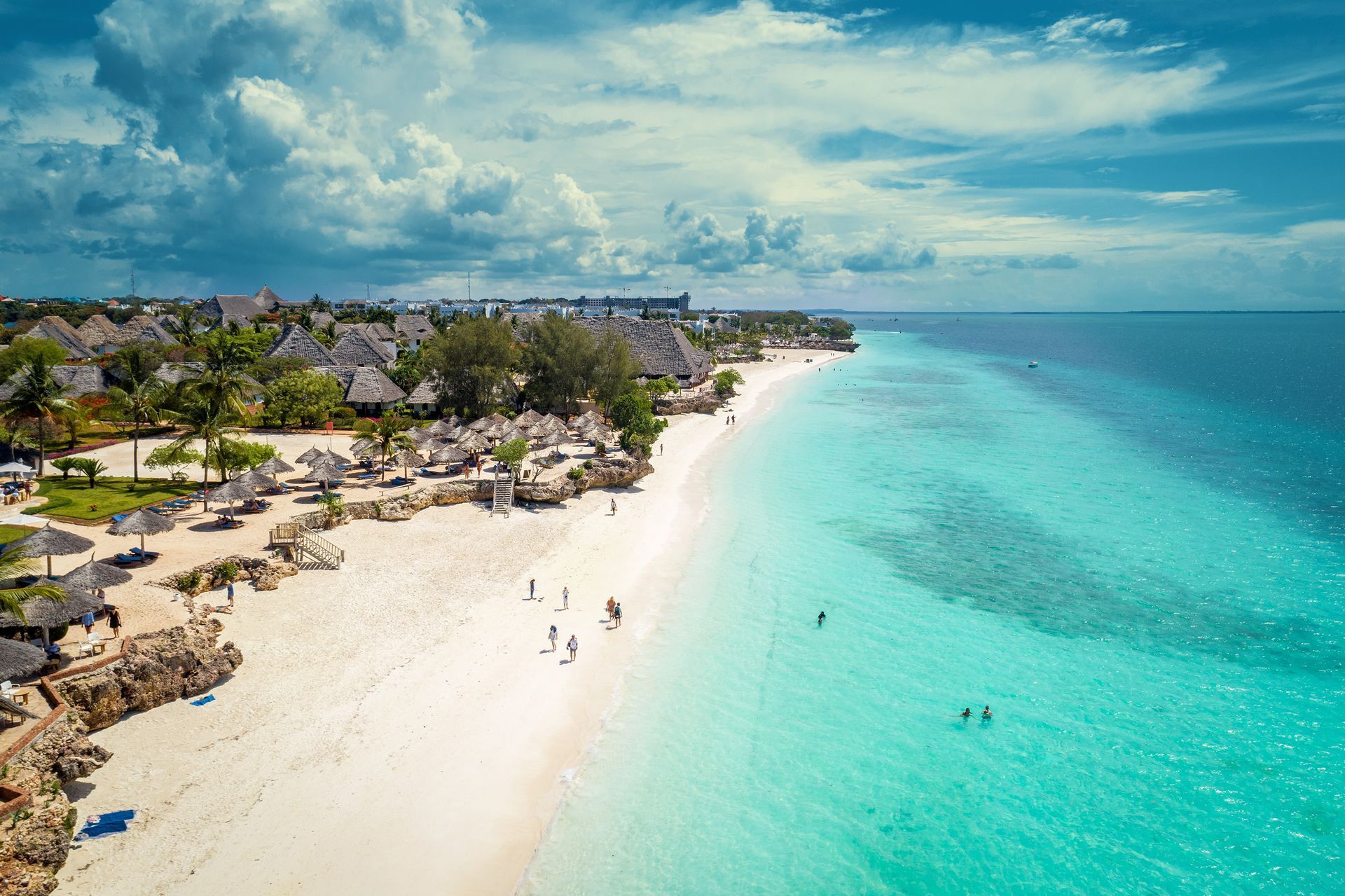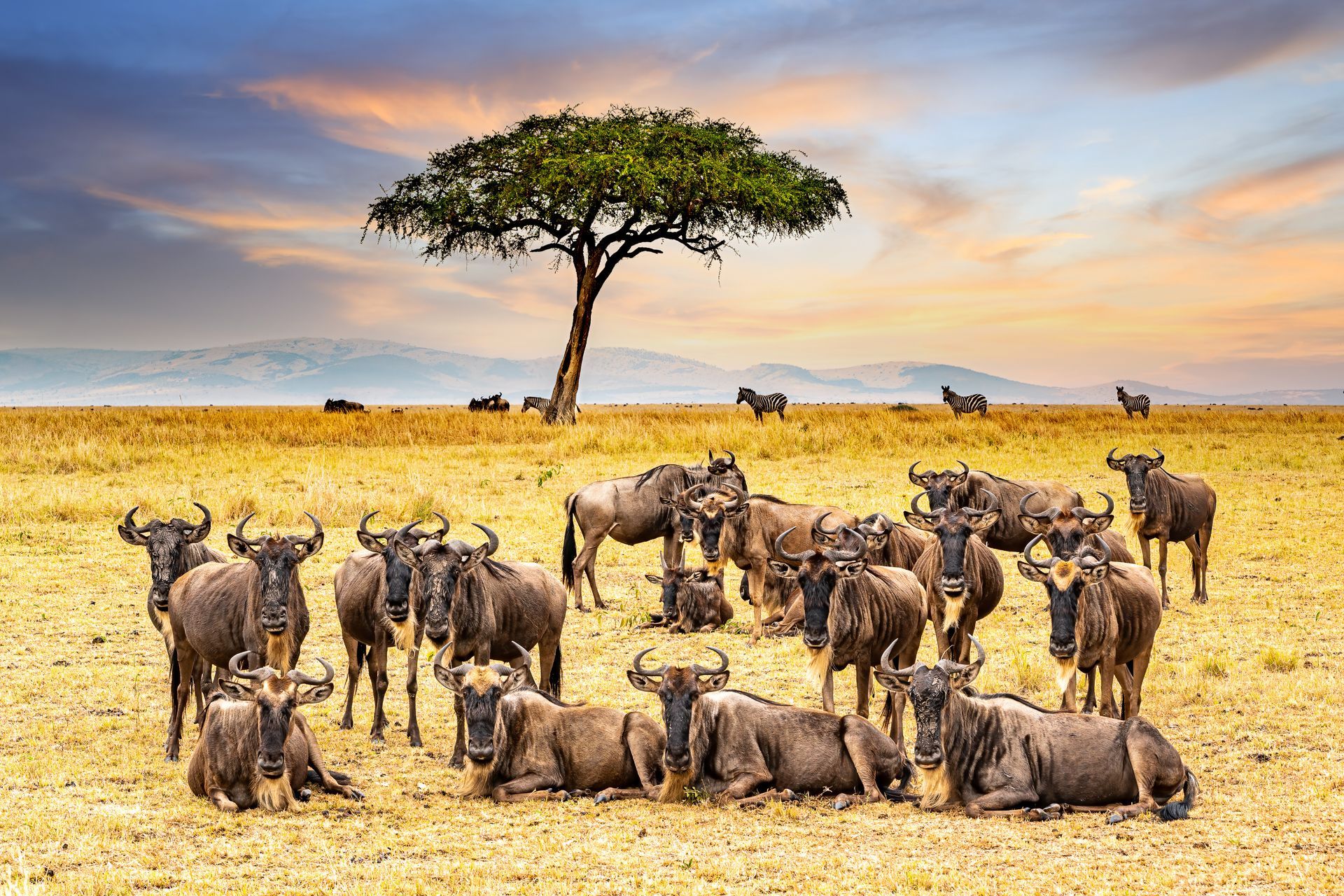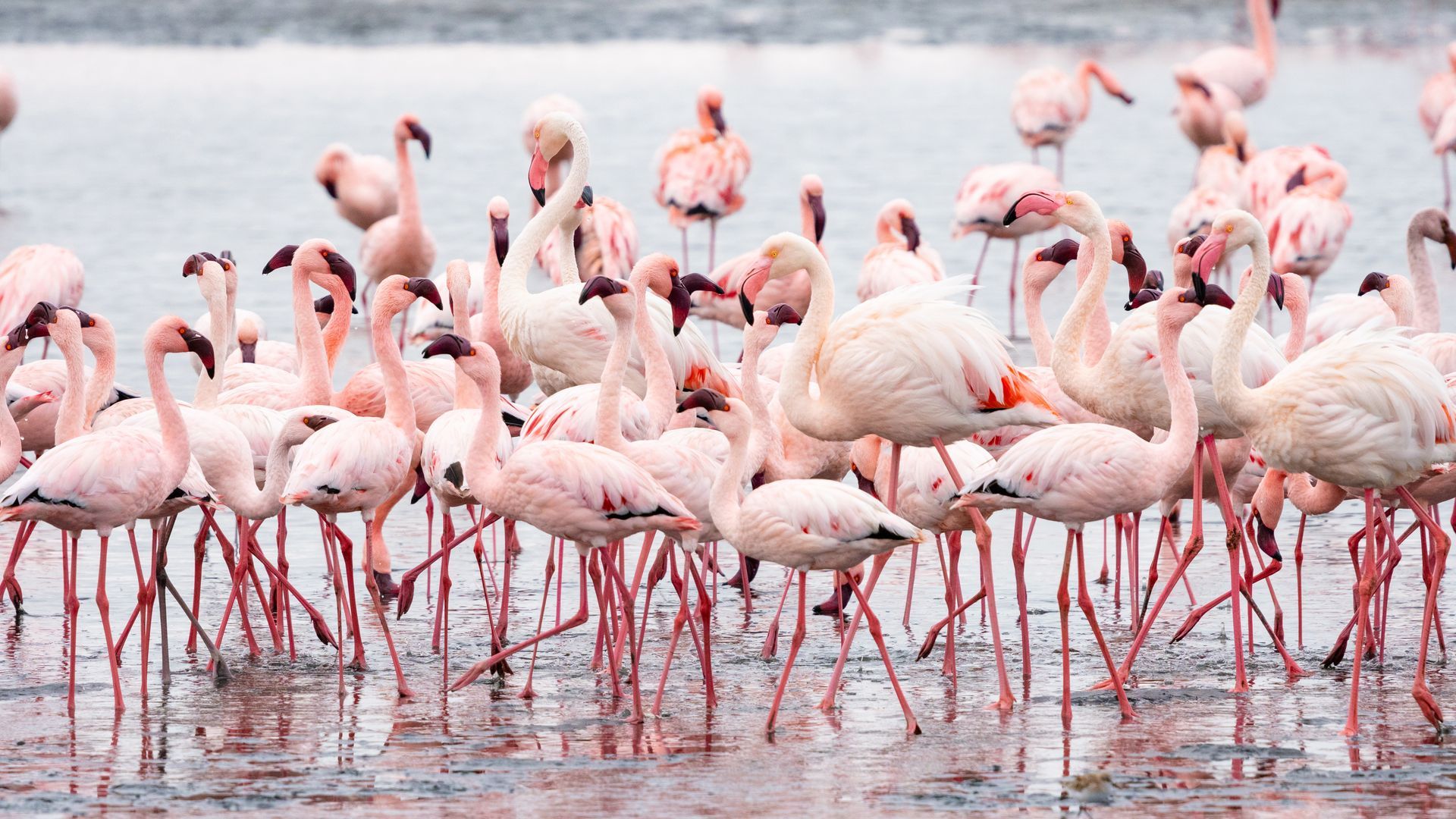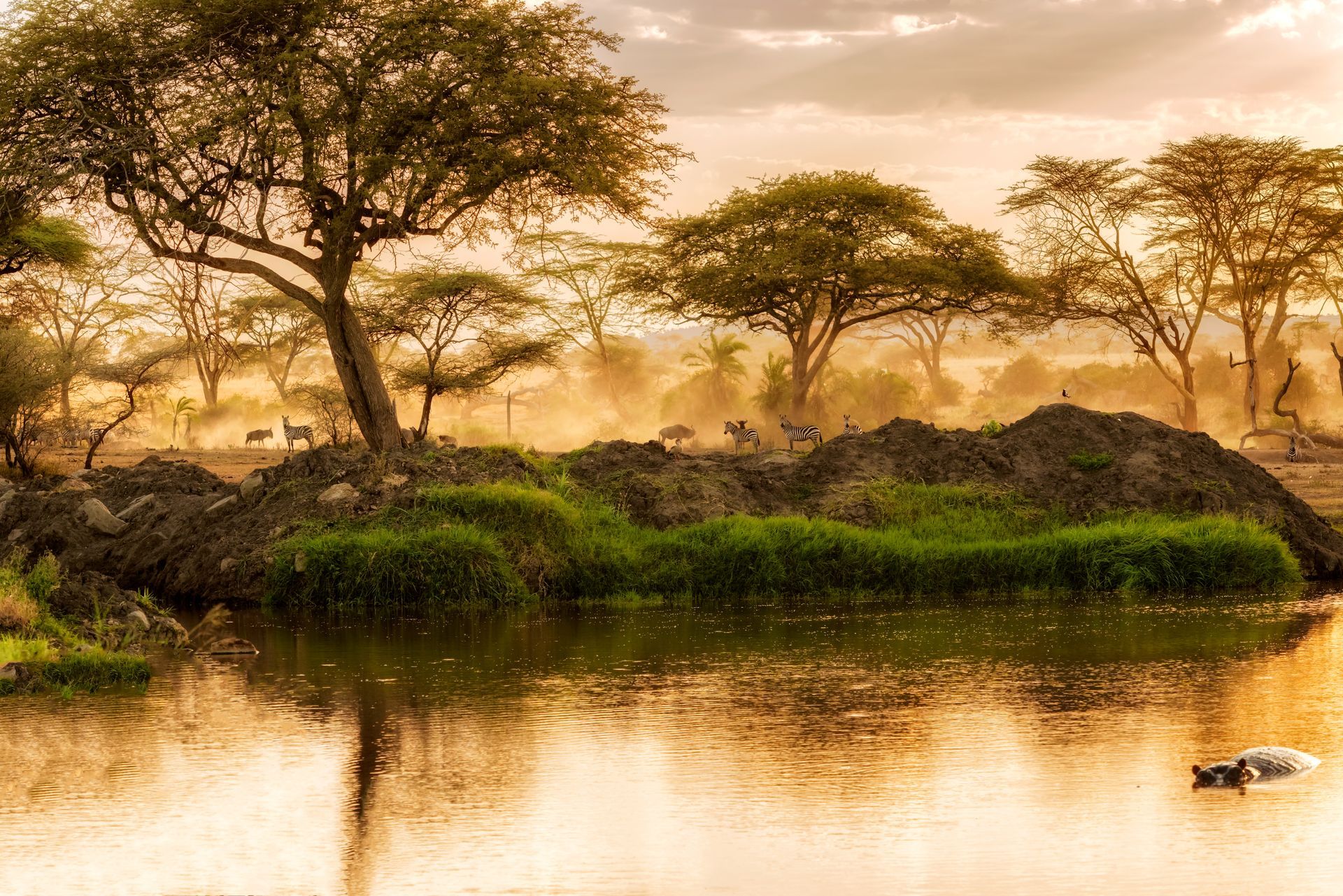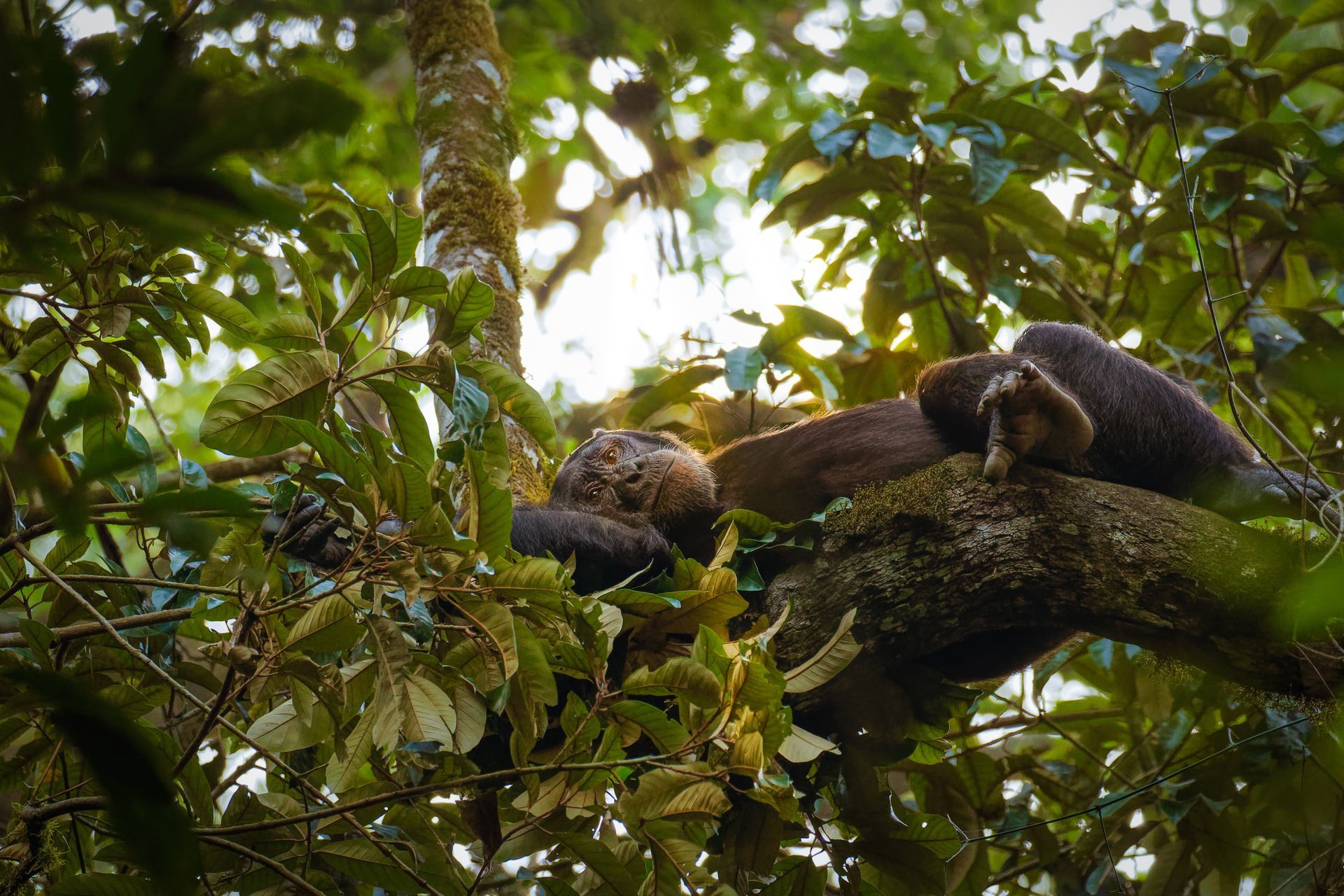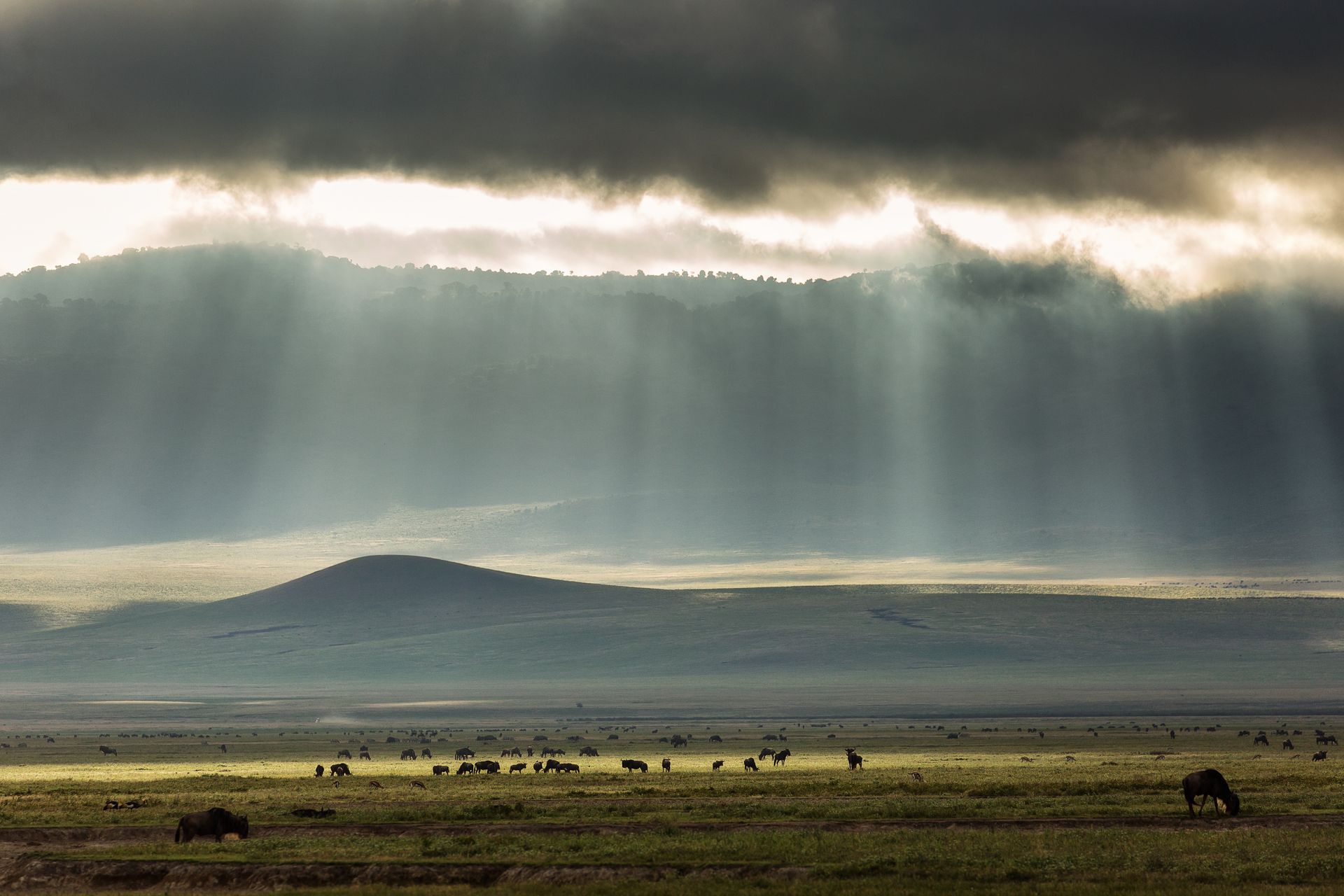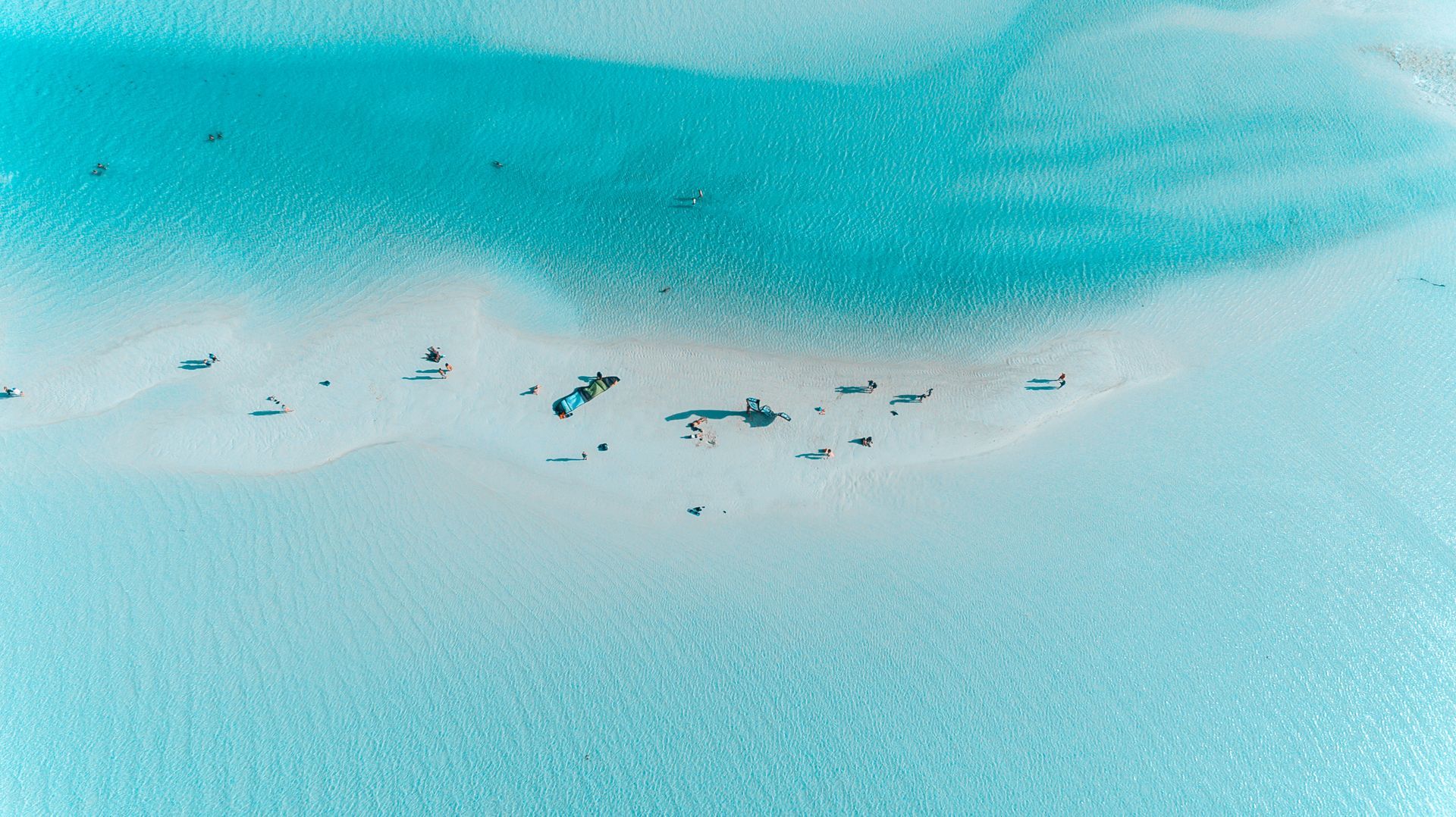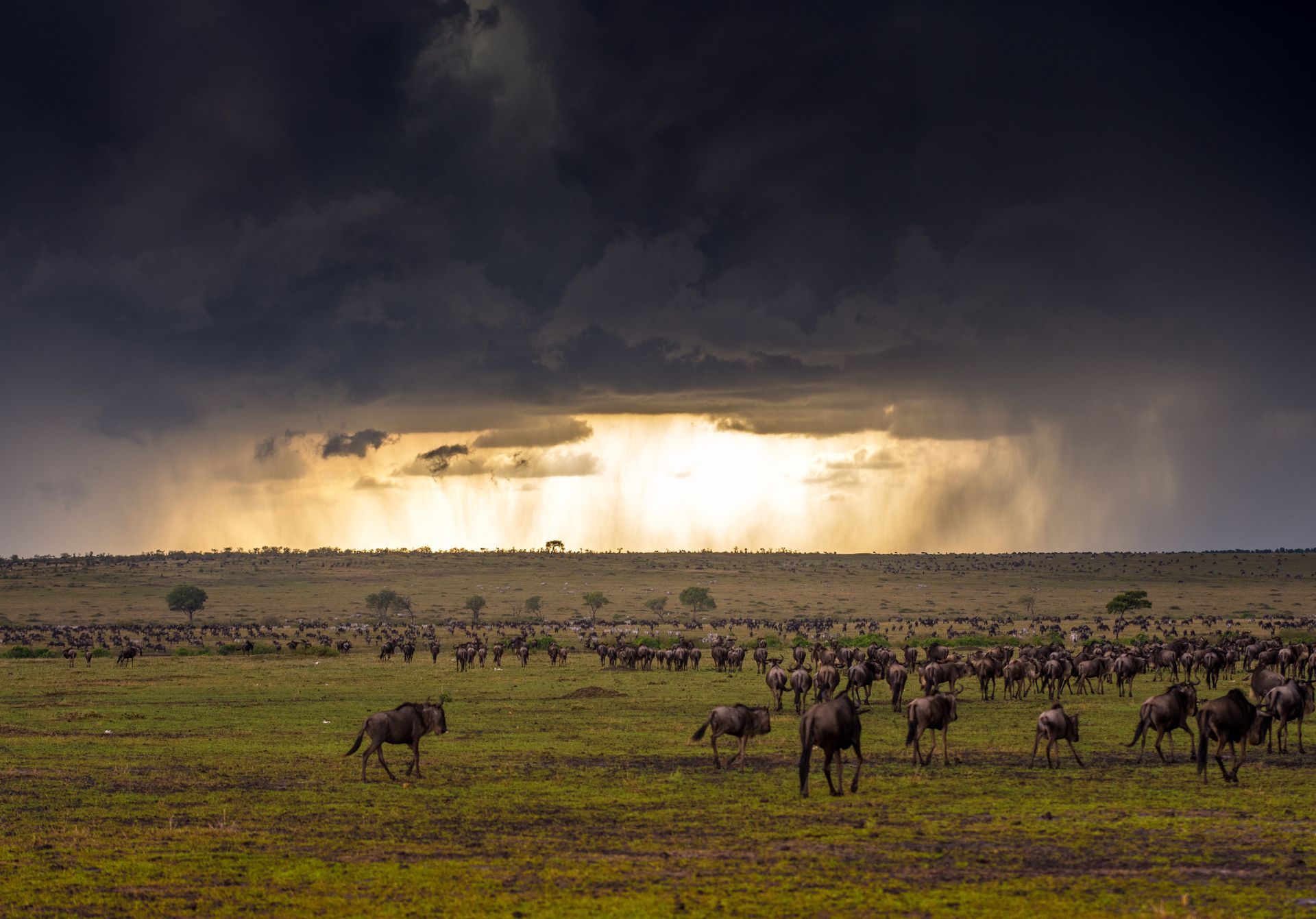Tantalising Tanzania!
Top experiences to add to a Tanzania safari
Renowned as one of the best safari destinations in Africa, Tanzania is famous around the world for the Great Wildebeest Migration in the Serengeti National Park. However, there's much more to this country than just wildebeest and the vast, grassy plains of the Serengeti...
Tanzania has everything your guests could wish for on a safari itinerary, from searching for rare, endemic birds in the Tarangire swamps to spending time with the forest-dwelling chimpanzees of Gombe National Park and exploring the world's largest intact volcanic caldera.
The country is also home to one of Africa’s most beautiful coastlines. Historic Zanzibar is one of the best-loved of East Africa's islands and is a huge drawcard for watersports enthusiasts, scuba divers and keen snorkellers.
Here, then, are some of the top experiences we can add to your guest's Tanzania safari itinerary...
Millions of wildebeest and more
Every year, approximately 2-million wildebeest, zebra and other antelope make the cyclical journey between the plains of the southern Serengeti ecosystem and those of the Masai Mara in neighbouring Kenya. This is the Great Wildebeest Migration, nicknamed "The Greatest Show on Earth".
The timing of the migration is determined by the rains and the availability of good grazing, and the route is fraught with danger – especially during river crossings. January and February are the best months for witnessing the wildebeest calving season and the big cat predations that come with it in Ngorongoro’s Ndutu Plains.
June and July are considered peak season for catching the herds in the Western Corridor and Grumeti Game Reserve. During this time, the herds first cross the Grumeti and then the Mara River, giving visitors the chance to witness tragedy and triumph in equal measure as the animals attempt to navigate steep cliffs, strong currents and lurking crocodiles. Read more about it in our dedicated migration blog.
Explore an ancient volcanic crater
To the southeast of the Serengeti National Park lies another jewel of Tanzania’s northern safari circuit: the Ngorongoro Conservation Area. The highlight of this region is the Ngorongoro Crater, a breathtaking natural phenomenon that's the largest intact caldera in the world. Its steeply sloping sides create a natural amphitheatre that's home to one of the highest concentrations of wildlife in Africa – making for exceptional game viewing, including the Big Five - elephant, buffalo, rhino, lion and leopard.
The elephants that live in the caldera are renowned for their incredibly long tusks, and the black rhino population is one of the healthiest in the country. Other sought-after species include cheetah and painted wolves (African wild dog) - the second-rarest canid in Africa after the Ethiopian wolf.
Tree-climbing lions
Continuing on the northern circuit, Lake Manyara National Park is a hidden gem. Spanning just 325 square kilometres, it's much smaller than its more famous neighbours but makes up for it with 11 different ecosystems and an incredible concentration of game.
The stars of the show are undoubtedly the park’s tree-climbing lions. That's right - lions can and do climb trees and researchers have suggested that this behaviour has developed from the need to use trees as vantage points for spotting game, and to escape from the flies and heat of ground level.
Seeing lions in trees provides an unmissable photo opportunity and in between sightings visitors can enjoy the rich birdlife of the reserve’s eponymous soda lake – including seasonal flocks of pink flamingos.
Birding in Tarangire National Park
If birding is your guests' passion, then a few days in Tarangire National Park are a must. Located just south of Lake Manyara, Tarangire is renowned as one of the best birding destinations in Tanzania, with more than 550 recorded species and a diverse range of habitats including the perennially green Silale Swamps.
Incredibly, the swamps support more breeding bird species than any other single habitat on the planet. From November to April, wet and warm conditions result in an abundance of insect life which in turn attracts migrant bird species from across Africa, Asia and Europe. This is the best time to travel for keen birders. Specials to look out for include the yellow-collared lovebird, the rufous-tailed weaver and the ashy starling, all of which are Tanzanian endemics.
The cradle of humankind
Between Ngorongoro and the Serengeti lies Olduvai Gorge, one of the world’s most important paleoanthropological sites. It was here that famed archaeologists Louis and Mary Leakey discovered hominid fossils that redefined our understanding of how modern humans - Homo sapiens - evolved from their prehistoric ancestors.
Some of their most important discoveries include hominid remains estimated to be 1,75-million years old and a set of fossilised footprints that prove hominids walked on two legs at least 3,7-million years ago. You can see casts of these footprints at the Olduvai Gorge museum, along with prehistoric tools and examples of other hominid and animal fossils found at the site. Some digs are still operational and can be explored on a guided tour.
Experience remote in Ruaha
Located in Tanzania’s remote and untamed central region, Ruaha National Park spans some 20,220 square kilometres and is the largest national park in all of East Africa. Because of its size it's also one of the most diverse in terms of eco-systems and biomes and is bisected by the perennial Great Ruaha River.
Ruaha is home to unusual antelope like roan and sable and one of the largest elephant populations in Tanzania, with more than 570 different bird species making it a hotspot for keen birders. It's also famous for its high concentration of predators, with 10% of Africa's lions calling Ruaha home, along with large populations of cheetah and painted wolves.
Chimp trekking in Gombe
In the extreme west of the country is Gombe National Park, located on the shores of Lake Tanganyika near the Burundi border. Defined by dense, mountainous rainforest, Gombe is most famous for its chimpanzee troops – some of which have been habituated to allow contact with human visitors by iconic primatologist Dr Jane Goodall.
Since the 1960s, Dr Goodall has conducted her pioneering research from the Gombe Stream Research Centre, and much of what we know about chimps today is based on her findings.
Visitors can take part in a guided chimpanzee trek and come face-to-face with these intelligent primates, with whom we share over 98% of our genetic code. Other animals to look out for in the forests of Gombe include endangered ashy red colobus monkeys, olive baboons, and red-tailed, blue and vervet monkeys.
Island paradise
After exploring the game reserves of the Tanzanian interior, add another dimension to guests' itinerary with a visit to the coast. Zanzibar is home to stunning white sand beaches, and clear turquoise waters perfect for snorkelling and scuba diving. It’s also steeped in history, thanks in large part to its role as a major port on the medieval trade route between Arabia, Persia and the African coast.
Ivory, gold and slaves all exchanged hands here, but Zanzibar was most famous for its spices. Over the centuries, its wealth attracted African, Islamic, Portuguese, Ottoman and British invaders, all of whom left their architectural influences behind them.
